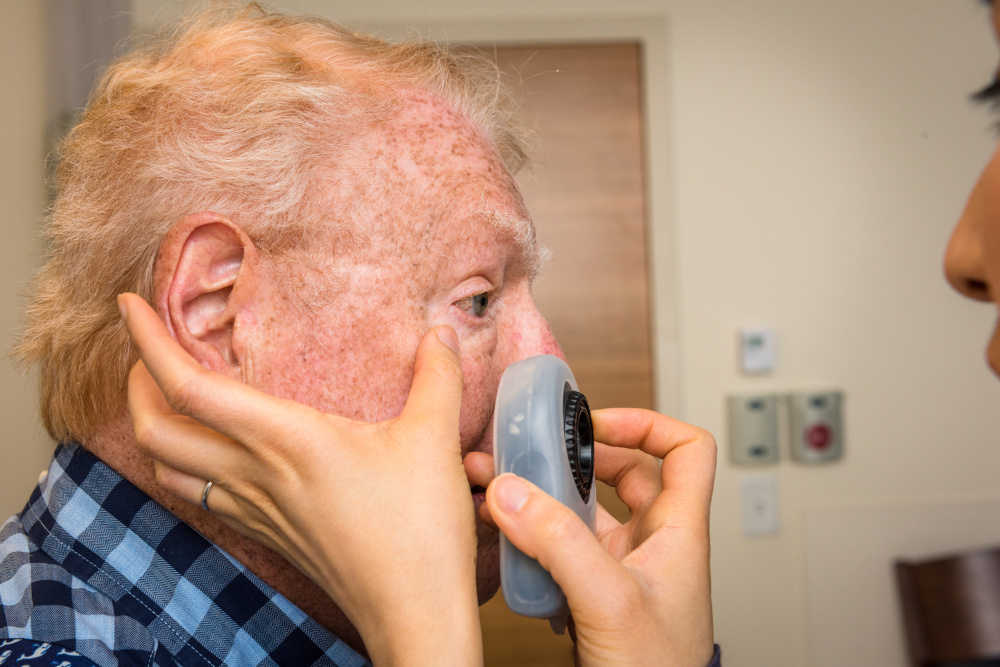Chronic graft-versus-host disease (GVHD) is a common and potentially life-threatening complication of stem cell transplants that use donor cells. It arises when the donor’s immune system cells treat the recipient’s body as foreign and raise an attack on certain organs and tissues, most often the skin, mouth, and eyes. The assault can interfere with organ function and lead to long-term disability associated with the affected organs.

Approximately 50-60 percent of donor stem cell transplant recipients experience some form of chronic GVHD depending on certain conditions of the transplant (who the donor was, what steps were taken to prevent chronic GVHD). Chronic GVHD can range from mild to extremely severe and generally arises no sooner than four to six months after the transplant.
The risk of chronic GVHD increases with the degree of HLA mismatch between the transplant donor and recipient. (HLA is a protein on most of the body’s cells that helps the immune system determine which belong to the body and which are foreign.) The risk is also higher if the stem cells are collected from the bloodstream rather than the bone marrow or umbilical cord blood, and if there is a gender mismatch between donor and recipient.
Chronic GVHD affects individuals in a variety of forms. Possible signs or symptoms include a rash or tightening of the skin; dry, burning eyes; mouth sores; sensitivity to spicy or acidic foods; shortness of breath; diarrhea; fatigue; weight loss; bacterial infections; and blockage of small airways in the lungs.
Read More:
The initial treatment for chronic GVHD is prednisone, a steroid, often with tacrolimus, a medicine that suppresses the immune system. Topical steroids may be used for the skin, eyes, mouth, and genital areas. For patients who don’t respond to steroids, a variety of second-line treatments are available, including immunosuppressive drugs such as sirolimus or mycophenolate mofetil, antibody-based drugs such as rituximab and alemtuzumab, and interleukin-2 (a protein that regulates white blood cell activity). Therapy using ultraviolet light called extracorporeal phototherapy is also used, and investigational agents are often added as part of clinical trials.
Because chronic GVHD can affect different tissues and organ systems, Dana-Farber clinicians often consult with a variety of specialists when treating patients. These may include dermatologists, pulmonologists, gynecologists, oral medicine specialists, ophthalmologists, and gastroenterologists.
Researchers are exploring several techniques for preventing or reducing the risk of GVHD. In a recent trial, Dana-Farber investigators tested adding bortezomib to the standard GVHD-prevention regimen in 45 patients undergoing HLA-mismatched transplants. At the one-year mark, 29 percent of the patients had developed chronic GVHD – lower than the normal rate.
Investigators are currently participating in a variety of additional clinical trials of new agents, including a phase 2 trial of the antibody-based drug obinutuzumab for preventing the disease.
Learn more about stem cell transplants at Dana-Farber.
